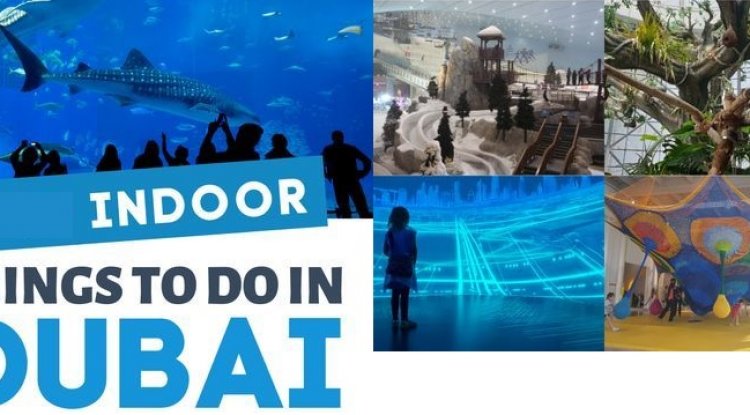For Parents
Everything You Need To Know About STEAM Education As A Parent
- Mar 1, 2022
- 0
- 10856

For the longest time, there has been an ever-growing chasm between STEM and the Arts (when we say STEM, we’re referring to science, technology, engineering and mathematics). And nowadays, many students are finding it difficult to decide what they want to study.
Should they explore innovation in technical fields with STEM? Or, embark on a rollercoaster ride of creativity by choosing the Arts? Enter STEAM (Science, Technology, Engineering, the Arts, and Math) - a gateway to the best of both worlds.
In this article, we’re going to break down the basics of STEAM education. So, stay tuned. We’ve got some value-bombs coming your way.
What is STEAM?
STEAM is an educational discipline that encourages children to develop a lifelong interest and love for the arts and sciences at a young age.
By integrating concepts and practices of the arts, STEAM uses tools such as data visualization or fine art imagery to deepen one’s understanding of science, math and technology. Product development is a great example of something a STEAM professional would do. It’s got the creativity of product design paired with the technical aspects of executing that design.
STEAM education empowers teachers to use project-based learning, which fosters an inclusive environment for learning. Imagine being able to understand the concept of geometry through paintings in a museum or being able to explain a scientific idea by drawing from theories of design thinking. It will surely quash the math-phobia that might stop many creatively inclined students from learning the subject. STEAM education’s goal is to make you see poetry in bridges and atomic structures or the formulas and theorems in sculptures and paintings.
Difference Between STEM & STEAM
Traditionally, STEM education has been the talk of the town. It represents science, technology, engineering, and math. Traditions are great. But think about all the role models you’ve had while growing up. You’ll find that many of them were those who broke these traditions and forged a new way of perceiving things. STEAM can be likened to that role model who thought out-of-the-box. It includes subjects like humanities, language arts, dance, drama, music, visual arts, design, and new media.
The main difference between STEM and STEAM is that STEM explicitly focuses only on scientific concepts. STEAM aims to investigate similar concepts; but instead of using older methods, it intends to do it through problem-based learning methods used in creative fields. So, in a nutshell, STEAM is all about integrating design thinking and the fine arts into STEM fields - giving students a more holistic understanding of the world.
Why is STEAM Important?
Leonardo Da Vinci was really onto something when he wrote, “Study the science of art. Study the art of science.” This has become even more important today, where technology has made repetitive tasks obsolete and the ability to solve new problems is the need of the hour.
The overarching aim of STEAM education is to inspire curiosity in students. This way of teaching empowers students to ask thought-provoking questions that promote creativity and innovation, helping them connect their problem-solving to real-world solutions. In STEAM, no subject or student gets left behind.
Add Comment
Related Blogs

For Parents
Dubai Destinations: 6 Indoor Play Areas to Entertain Your Kids
- Mounika Sh...
- Sep 28, 2022
- 0
- 1928

For Parents
Dubai schools will decide whether to hike school fees the next year
- Nida Ashha...
- Dec 26, 2022
- 0
- 1392
Popular Blogs

Tips for Educators
3 Tips To Apply Classical Conditioning In Classrooms
- Natasha Di...
- Apr 25, 2022
- 0
- 21585

Understanding Concepts
4 Reasons Why Skill-Based Learning Is Important For Students
- James Coop...
- Mar 14, 2022
- 0
- 11047

For Parents
Everything You Need To Know About STEAM Education As A Parent
- James Coop...
- Mar 1, 2022
- 0
- 10856











